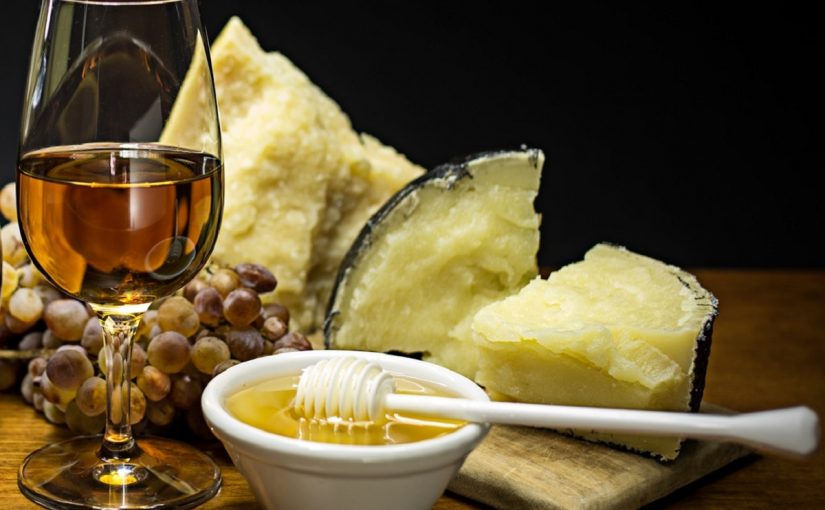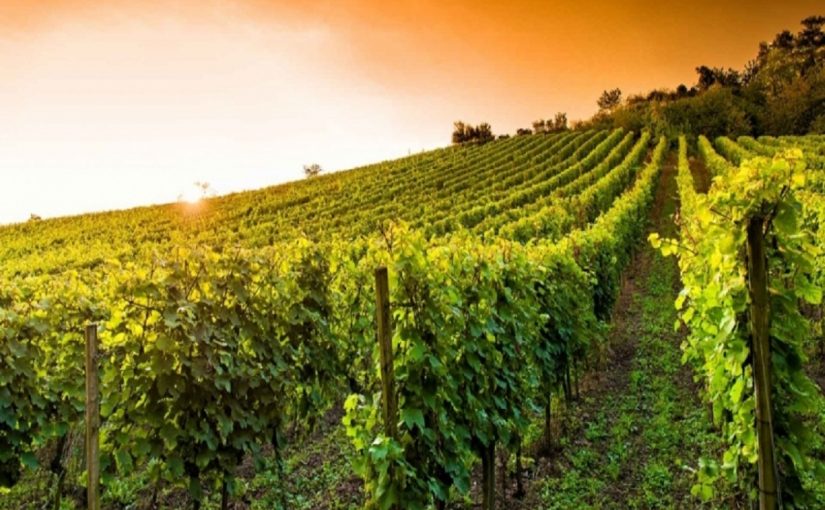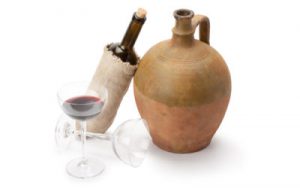24.1.2018
This magnificent wine comes from the zone of Bianco, a little town on the Ionian coast, in Calabria, in front of a sparkling sea with an intense blue color, but also from a larger area covering the villages of Bovalino, Africo and generally the Ionian coast, the southern part towards Reggio Calabria, even further south from Locri and Gerace.
Effectively, Greco di Bianco is the term that indicates the typical grape variety of the coastal strip of Reggio Calabria on the Ionian side in the municipality of Bianco (RC), and there the homonymous DOC wine is protected.
However, DOC protection allows production in the same province of Reggio di Calabria and in the neighboring municipalities.
The variety of Greco is also used in two other DOCs of southern Italy, namely Greco of Gravina, in Basilicata, and Greco di Tufo, in Campania.
HISTORY OF A GREEK WINE
The name of “Greco di Bianco” easily recalls the Greek origin of the vine. Greco di Bianco is considered the oldest wine in Italy together with “Moscato di Siracusa”.
The wine is obtained from the white Greek vine, poor in fruit and originating from Greece, from where it was imported around the VIII century a. C. Precisely, when the Greeks landed at the promontory Zefirio (today called Capo Bruzzano).
The antiquity of the wine is confirmed by a legend, according to which a force of 10,000 Locrians took sufficient strength and courage from copious draughts of the local wine to defeat an army of 130,000 men from Croton in 560 BC. Further, the myth talks of such wonderful nectar. The mythological tradition gives credit to divine as well as enological assistance, for Castor and Pollux were said to have been sent by Apollo to fight at the side of the Locrians.
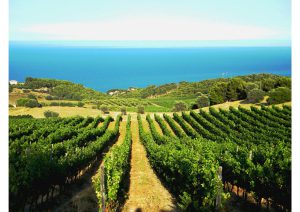
In 1966 the Greco di Bianco reached a very low level of production, which is why any local agricultural cooperatives were founded in Bianco, with the aim of enhancing and standardizing its production. The success was reached in 1980, when Greco di Bianco received the DOC brand protection.
Greco di Bianco, created as a DOC title in 1980, is now one of very few Calabrian DOC white wines and outstanding dessert wines.
THE LAND OF THE WINE
The plant found in the land of Bianco any climatic conditions similar to those of origin. The vineyards in front of the sea capture at the most light and heat. The production begins with the drying phase of the grapes, when the wine absorbs minerals and fragrant substances.
The bunch of the Greco B. di Bianco vine is long, loose, and can reach a maximum length of 60 centimeters. The berries are small and round, very developed grape seeds and, therefore, with little pulp and very thin skin.
The most used breeding system is the bilateral horizontal spur cord. The shoots reach up to 7 meters in length and are adorned with lobate leaves, shiny on the upper page, typical of these vines. Another system of breeding, now practiced only on old vineyards, is the tree.
The vine has an average yield of fresh grapes of about 100 q / ha. Before being squeezed, the grapes are dried on reeds until a minimum reduction of 35% is recorded.
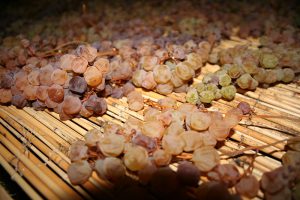
THE FEATURES
Greco di Bianco is a must of Mediterranean and Calabrian wine production. This wine, made from Greco grapes and produced in the seaside resort of Bianco in southeastern Calabria, is also known as Greco di Gerace, given that the latter is near. Nevertheless, Greco di Bianco is arguably the most interesting wine style produced in Calabria, southern Italy.
It is a copper-hued dessert wine, made from partially dried grapes, and stands out from Calabria’s other wines, most of which are dry, often over-alcoholic table wines with little to distinguish them.
Greco di Bianco is produced as a passito-style wine, meaning that the grapes are partially dried before they are pressed and fermented. This process concentrates the natural sugars, and increases the potential alcohol level of the must to 17% or more.
Therefore, Greco di Bianco is considered one of the rarest-of Italian dessert wines, with its unique amber color, coming from the high levels of phenolic development in the over-ripe grapes.
It is luscious, rich and velvety in texture; it exhibits an aromatic bouquet reminiscent of orange flowers, citrus fruit and underlying herbal notes that become more accentuated with age. Further, its straw-yellow color with amber reflections, has ethereal scent, flavor tending to liqueur, alcoholic smell, and characteristics of a soft, warm, harmonious and persistent taste.
The olfactory impact has sweet notes of apricot, orange blossom, honey and candied orange.
Conclusively, it is an excellent meditation wine, well suited to desserts with dried fruit, creams, jams, pastries, Sicilian cassata, fruit, biscuits and spicy hard cheeses.

SMAF LTD
Explore our products, coming from CALABRIA. Order the food and beverage products that allow you to explore the Mediterranean diet of a remarkable region. Surrounded by two seas and adorned with pine forests, mysterious villages, natural habitats, and rich biodiversity. Discover handcrafted delicacies that embody the soul of the land: sun-ripened fruits, premium olive oils, bold wines, artisanal cheeses, and traditional cured meats, all crafted with passion and authenticity.

